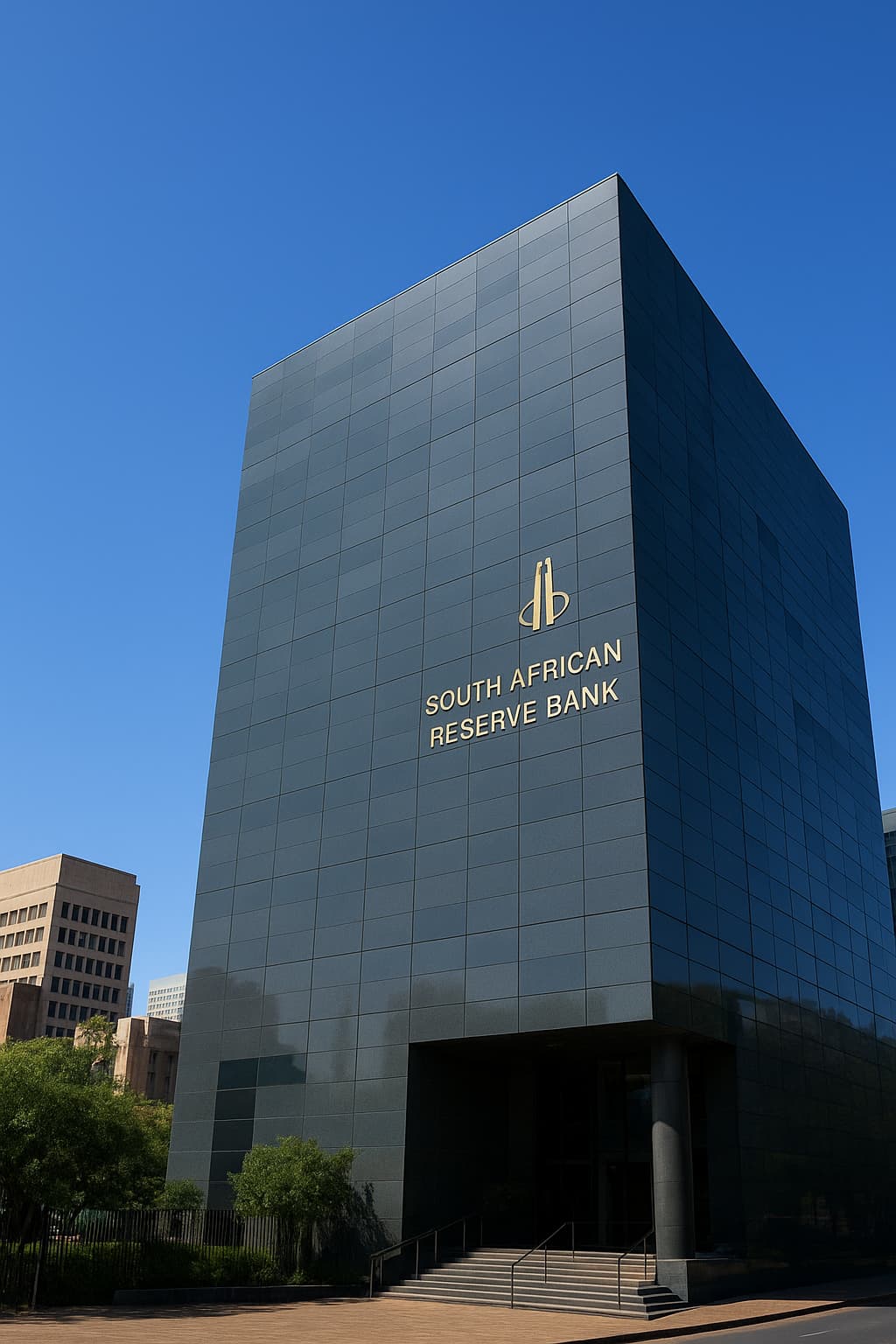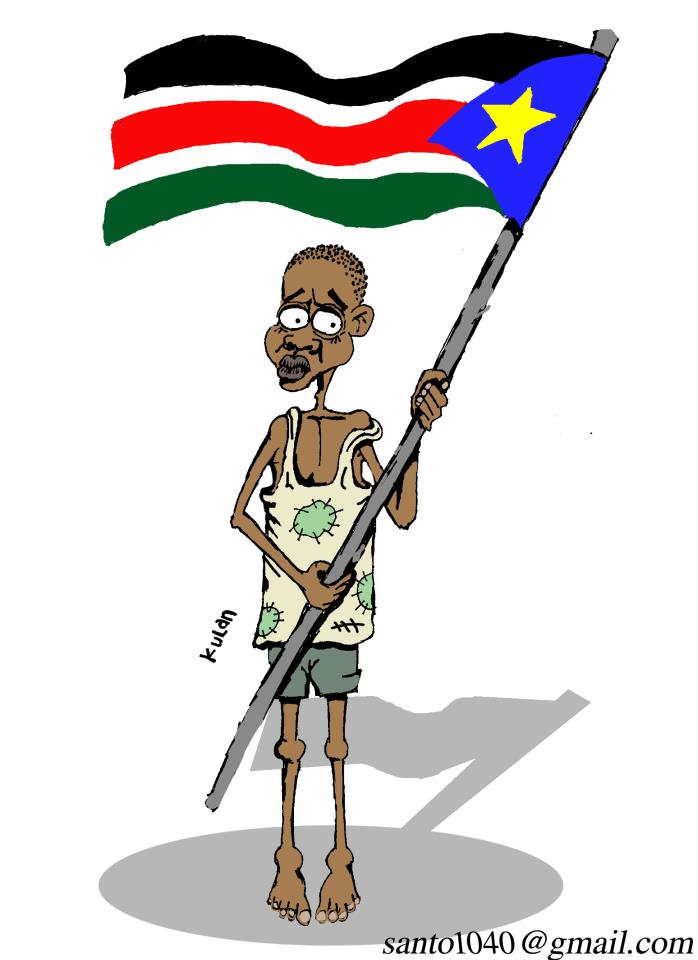Interest Rate South Africa: 5 Strong Reasons Behind 7% Hold
The South African Reserve Bank’s decision to keep the interest rate unchanged at 7% has sparked wide debate. While inflation cooled to 3.3% in August, the Monetary Policy Committee signaled caution, emphasizing stability over immediate rate cuts. This bold stance reflects both domestic economic challenges and global uncertainties, sending a clear message to markets and citizens alike.
Interest Rate South Africa and the Inflation Surprise
August’s inflation print at 3.3% came as a pleasant surprise for households and businesses. It fell below most analysts’ expectations and opened the door for speculation about potential rate cuts. Yet the Reserve Bank resisted the pressure, pointing to medium-term forecasts around 4.2%. This approach signals that while short-term relief is welcome, the long-term health of the economy requires prudence. The focus keyword Interest Rate South Africa clearly defines the debate within monetary circles, underscoring the bank’s cautious optimism.
Global Factors Shaping the Decision
South Africa’s interest rate policy does not exist in a vacuum. Global inflationary pressures, energy costs, and volatile commodity prices all influence local decisions. The Reserve Bank has emphasized that rushing into cuts could destabilize the economy if external shocks resurface. By holding the interest rate at 7%, the bank aims to shield South Africa from unpredictable global turbulence. For further insights on how international markets affect local economies, this IMF resource provides valuable context.
Interest Rate South Africa and Growth Prospects
The Reserve Bank has revised its growth forecast for 2025 from 0.9% to 1.2%. This adjustment reflects signs of resilience in the economy after a 0.8% GDP increase in the second quarter. While this is encouraging, policymakers stressed that one strong quarter does not guarantee a lasting trend. By holding the Interest Rate South Africa steady, the Bank is sending a message that stability comes before risky optimism.
Structural Challenges and Energy Prices
Beyond inflation, structural issues continue to weigh on South Africa’s economy. Rising electricity tariffs, partly due to regulatory miscalculations, are set to add pressure in the year ahead. Instead of accepting higher inflation as a solution, the Reserve Bank insists on sectoral reforms to improve efficiency. Readers interested in practical solutions for energy reform can explore our article on economic reforms in South Africa, which highlights key strategies for sustainable growth.
Communication and Market Confidence
Governor Lesetja Kganyago emphasized that monetary policy is not just about numbers but also about guiding expectations. Critics may prefer aggressive cuts, but the Bank insists that credibility and forward-looking guidance are crucial. Holding the Interest Rate South Africa at 7% reassures investors that inflation targets remain central, while avoiding the risks of sending mixed signals to financial markets.
Interest Rate South Africa and Household Impact
For South African households, interest rates directly affect mortgage repayments, car loans, and credit card debt. By keeping the Interest Rate South Africa at 7%, families gain a level of certainty, knowing that borrowing costs remain steady. This stability offers breathing room, even as living expenses rise from other sources like food and energy.
Business Investment and Confidence
For businesses, predictable monetary policy is essential for planning long-term investments. The decision to maintain the Interest Rate South Africa signals consistency, encouraging companies to expand cautiously while keeping inflation risks in mind. Many analysts argue that while the private sector wants cheaper credit, stability now may result in stronger confidence later.
Balancing Risks and Opportunities
The Reserve Bank’s cautious stance reflects a delicate balance between growth opportunities and inflation risks. By holding the Interest Rate South Africa, the institution prioritizes long-term economic health over short-term popularity. This approach may frustrate some stakeholders, but it underscores the Bank’s commitment to sustainable progress rather than quick fixes.
Interest Rate South Africa and Investor Outlook
Global and local investors watch interest rate movements closely, as they directly influence capital flows. By keeping the Interest Rate South Africa steady at 7%, the Reserve Bank signals that stability is its top priority. This reassurance attracts cautious investors seeking predictable returns in uncertain times.
The Path Toward a New Inflation Target
The Reserve Bank has hinted at announcing a new inflation target soon, aiming to anchor expectations more effectively. The Interest Rate South Africa decision aligns with this forward-looking approach, emphasizing credibility and accountability. By clarifying long-term goals, policymakers hope to strengthen trust in South Africa’s monetary framework.
Conclusion
The decision to keep the Interest Rate South Africa unchanged at 7% reflects more than short-term caution. It demonstrates a strategic effort to balance inflation control, economic growth, and market confidence. While some critics may push for faster cuts, the Reserve Bank’s commitment to stability may ultimately prove to be the foundation for a healthier and more resilient economy in 2025 and beyond.




